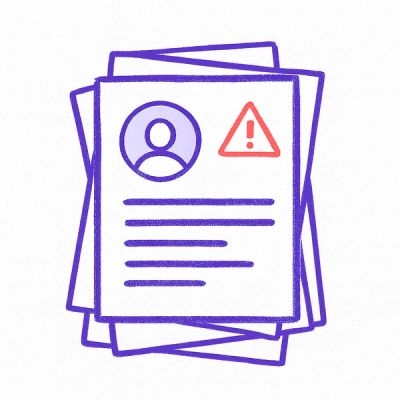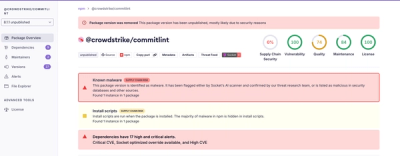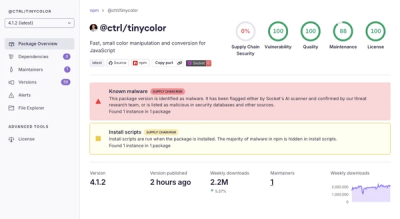pyQuEST
A Python interface for the Quantum Exact Simulation Toolkit (QuEST) written mainly in Cython.
Getting started
After cloning the repository
$ git clone -b develop --recursive https://github.com/rrmeister/pyQuEST
$ cd pyQuEST
it is recommended to create a virtual environment, e.g. with venv.
$ python3 -m venv .
$ source bin/activate
To configure the QuEST backend for multithreading, GPU usage, float precision, etc., have a look at the QuEST build documentation.
The package can then be installed using pip.
$ pip3 install .
Usage
After successful installation, we can test pyQuEST by importing it and having a look at the environment it is running in.
In [1]: import pyquest
In [2]: pyquest.env
Out[2]: QuESTEnvironment(cuda=False, openmp=False, mpi=False, num_threads=1, num_ranks=1, precision=2)
The QuESTEnvironment class is automatically instantiated once upon module import and never needs to be called by the user. It contains internals and can return information about the execution environment, as above.
Example
The most important classes are Register representing a quantum register, and the operators which can be applied to it. Let's create such a register with 3 qubits and look at its contents.
In [3]: from pyquest import Register
In [4]: from pyquest.unitaries import *
In [5]: reg = Register(3)
In [6]: reg[:]
Out[6]: array([1.+0.j, 0.+0.j, 0.+0.j, 0.+0.j, 0.+0.j, 0.+0.j, 0.+0.j, 0.+0.j])
Like in QuEST, the state is automatically initialised to the all-zero product state. To apply some gates to it, first import some unitaries and the Circuit class.
In [7]: from pyquest.unitaries import H, X, Ry
In [8]: from pyquest import Circuit
The operators are constructed from their classes with their target qubits, then any additional parameters (like a rotation angle), and then the control qubits as a keyword-only argument, e.g. Ry(0, .2, controls=[1]) creates a rotation operator about the y-axis of the Bloch sphere by 0.2 radians on qubit 0, controlled by qubit 1. A single operator can be applied to a register reg with reg.apply_operator(X(1)). To apply multiple operators at once, first collect them into a Circuit.
In [9]: circ = Circuit([H(0), X(2, controls=[0]), Ry(1, .23, controls=[2])])
In [10]: reg.apply_circuit(circ)
In [11]: reg[:]
Out[11]:
array([0.70710678+0.j, 0. +0.j, 0. +0.j, 0. +0.j,
0. +0.j, 0.70243619+0.j, 0. +0.j, 0.08113816+0.j])
Multiplying two registers together will return their inner product. For example, the expectation value of X(1) is
In [12]: temp = Register(copy_reg=reg)
In [13]: temp.apply_operator(X(1))
In [14]: reg * temp
Out[14]: (0.11398876176759418+0j)
A measurement can be performed with
In [15]: from pyquest.gates import M
In [16]: reg.apply_operator(M(1))
Out[16]: [0]
Remember that measurements are destructive.
In [17]: reg[:]
Out[17]:
array([0.70944592+0.j, 0. +0.j, 0. +0.j, 0. +0.j,
0. +0.j, 0.70475988+0.j, 0. +0.j, 0. +0.j])
A register can also be directly modified, but may then end up in an invalid state if not properly normalised.
In [18]: reg[:] = 0
In [19]: reg[:]
Out[19]: array([0.+0.j, 0.+0.j, 0.+0.j, 0.+0.j, 0.+0.j, 0.+0.j, 0.+0.j, 0.+0.j])
In [20]: reg[4] = 1j
In [21]: reg[:]
Out[21]: array([0.+0.j, 0.+0.j, 0.+0.j, 0.+0.j, 0.+1.j, 0.+0.j, 0.+0.j, 0.+0.j])
For further details on which operators are available and all methods of Register and Circuit, for now check out the documentation in the source files.
Development
If you want to contribute to the project or just play around with the source, you can use an editable install
$ pip3 install -e .
but this temporarily re-installs the build requirements every time the project is compiled and clutters the pyquest source directory with build artifacts. It is therefore a good idea to simply install the build requirements manually
$ pip3 install -r build_requirements.txt
and then call
$ python3 setup.py build
to build pyQuEST in the _skbuild/<os_id>/cmake-install/pyquest folder, or use
$ python3 setup.py install
to install the package without telling pip about it. This is really only recommended in a virtual environment.



